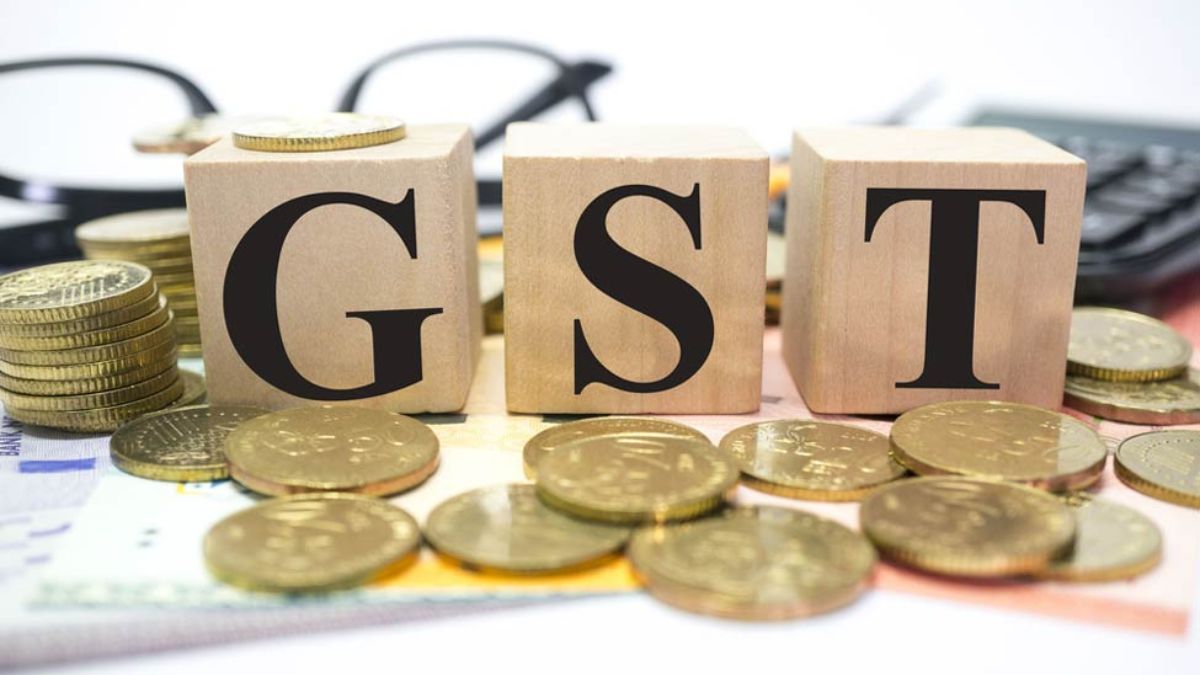GST 2.0: Will the two slab system deliver the 'good and simple tax'?
 Representative image
Representative image
The Independence Day celebrations marked the unveiling of GST 2.0, a set of proposals aimed at revamping the Goods and Services Tax (GST) in India. The primary focus is on the simplification of tax rates into two slab rates—5 per cent and 18 per cent, from the current four tax slabs (5 per cent, 12 per cent, 18 per cent and 28 per cent). A 40 per cent sin and luxury rate would also apply to items like tobacco and high-end goods. The group of ministers (GOM) has already accepted the finance ministry proposal.
Even when the move is welcomed as a step towards tax simplification, the GST framework lacks strengths in many other policy aspects. The implementation of GST was significantly influenced by political compromises between the Union and state governments. These compromises often led to the adoption of policies that diverged from the recommendations of expert committees, international best practices, and cross-country experiences. A notable example of this divergence is evident in the determination of tax rates. Most countries adopted VAT/GST follow one or two tax rates, with or without an additional rate for luxury goods, while India has a four-rate GST, apart from the zero rate, and special rates for gold and precious metals, which has made the tax system complex and difficult to comply with. Apart from this, India also has one of the highest GST rates in the world. These issues may be minimised with the proposed reforms. However, there are many more hurdles in the path.
A large number of exemptions
Exemptions of commodities break the tax chain and complicate tax administration. Cross-country experiences show that the price of exempted goods tends to be higher as input tax credit (ITC) cannot be claimed, and the embedded tax of inputs goes to that product. Indian GST has a wide range of exemptions, which distort the purpose of eliminating the cascading effect. Instead of exemptions, zero rating acts as a better option to preserve the ITC chain and, at the same time, protect consumers from increased prices.
Lower threshold limits
One of the mechanisms through which GST accounts for the large unorganised sector in the country is by exempting those with a turnover less than a particular level, called the threshold limit. It is always recommended to set the threshold higher, as a small number of firms account for a substantial proportion of revenue from indirect tax. The scarce resources used for tax collection should be focused on the large taxpayers who generate more revenue. There are experiences of countries where they set a lower threshold, resulting in tripling the number of registrants with no significant gain in revenue. India's threshold limits are higher mainly due to the strong opposition from the states to the initial proposal for higher thresholds. Data suggests that 40 per cent of GST registrants do not pay taxes. The ministry of finance had also reported that only 5 per cent of the registered firms pay 95 per cent of the total GST collection. This indicates that higher registration has caused the administrative costs to rise without a commensurate increase in revenue.
Sharing of revenue between Centre and states
GST subsumed several indirect taxes levied by the Centre and the states. Since all these taxes are now in one basket, the states and the Centre equally share the GST without considering the share of taxes they have sacrificed. States sacrificed 81 per cent of their own tax revenue, while the Union sacrificed less than 48 per cent of its total revenue. This imbalance in tax sharing is rarely debated, but it remains a significant concern for the states.
Decision-making in the GST council
Being the joint forum of the Union and the states, the GST Council makes recommendations to them on GST-related matters. In the absence of a consensus in the council, every decision can be made by a three-fourths majority. However, the Union holds one-third voting power. This simply means that the Union enjoys a VETO in the GST council, as all the states, even unanimously, cannot make a decision without the Union's support. Conversely, the Union can make decisions with the support of eighteen states/UTs, which is not a difficult task. This questions the fiscal federalism of the country, where the Union and the states enjoy equal power.
Way forward
Even when the GST 2.0's rate rationalisation is a crucial starting point, intense reforms are essential. The implementation bottlenecks are to be addressed, and technical glitches are to be resolved. However, addressing policy-level issues such as exemptions, thresholds, revenue-sharing, and council decision-making is fundamental to realising GST's founding promises of lower prices, a simpler tax system, and ease of compliance.
Jerome Joseph is assistant professor, SH College, Thevara, and Research Scholar, GIFT, Thiruvananthapuram.
The opinions expressed in this article are those of the author and do not purport to reflect the opinions or views of THE WEEK.
Business